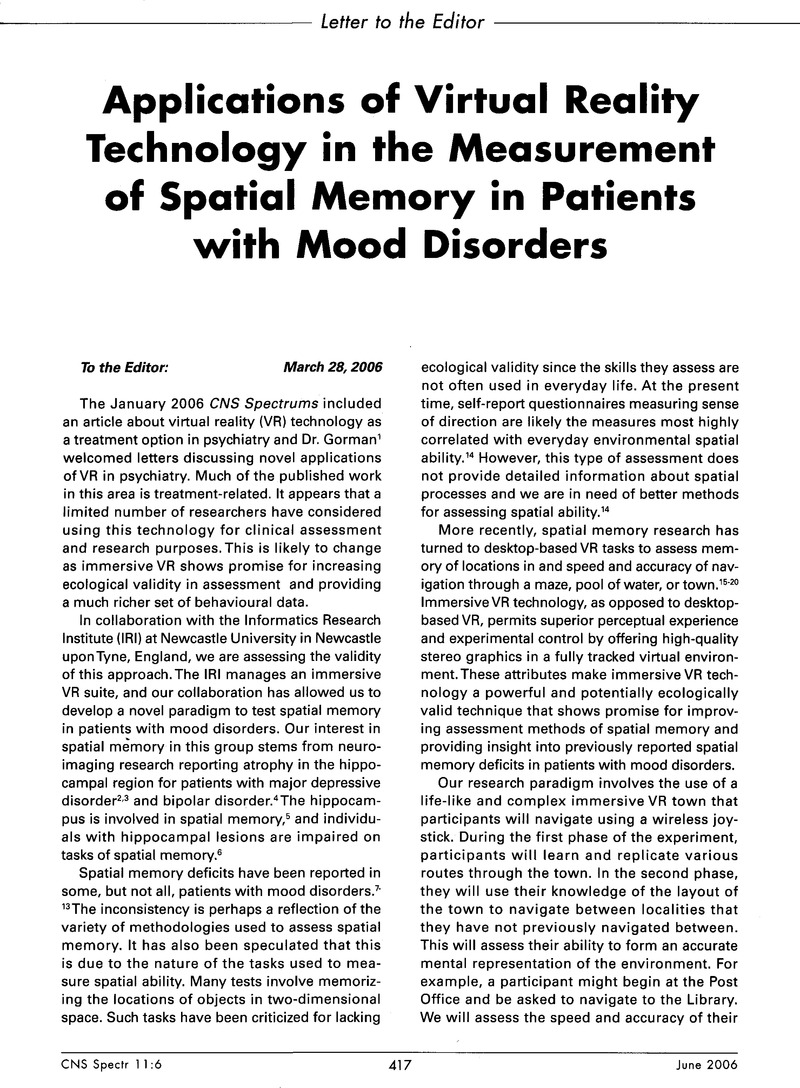Crossref Citations
This article has been cited by the following publications. This list is generated based on data provided by Crossref.
Kuyucu, Meral
Sarikaya, Mehmet Ali
Karakaş, Tülay
Özkan, Dilek Yıldız
Demir, Yüksel
Bilen, Ömer
and
Ince, Gökhan
2025.
Emotion recognition in Virtual Reality using sensor fusion with eye tracking.
Computers in Biology and Medicine,
Vol. 197,
Issue. ,
p.
111070.


